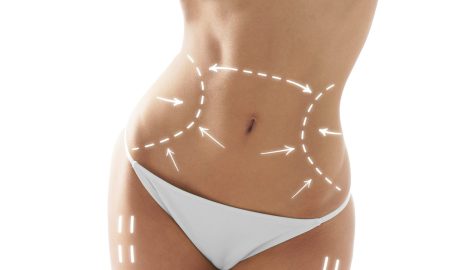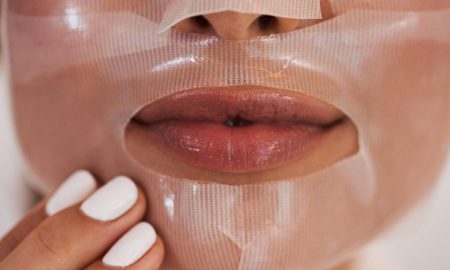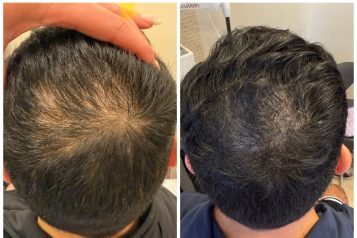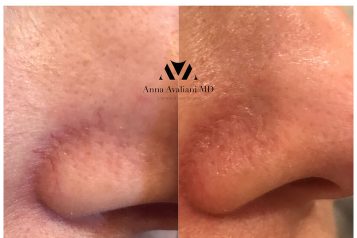 Photo Credit: Shutterstock
Photo Credit: Shutterstock
Justin Cordero, Morvarid Mehdizadeh, Samuel Lin, MD, FACS
The appearance of celebrities in the media has sparked speculation about whether facial features are a result of cosmetic procedures. Without direct confirmation from recently Lindsay Lohan or her medical professionals, it is impossible to determine definitively whether her look stems from non-surgical cosmetic treatments or surgical interventions. Many public figures often opt for subtle enhancements through non-invasive methods such as fillers, Botox, or skin resurfacing, which can significantly alter facial aesthetics without requiring surgery.
When discussing facelifts, two prominent types stand out for their approaches to addressing aging: the traditional facelift and the mini facelift. Traditional facelift surgery is more comprehensive, targeting advanced signs of aging by removing significant amounts of excess skin and addressing loose skin over a larger area. In contrast, the mini facelift is a less invasive option that focuses on specific areas of mild sagging, using smaller incisions. This procedure is often preferred by individuals in the early stages of skin laxity who want a quicker recovery period and less extensive intervention. The decision between the two often depends on personal considerations such as the degree of transformation desired, lifestyle, and the time available for recovery. Traditional facelifts involve a longer recovery due to their more extensive nature, while mini facelifts provide a shorter downtime.
The cost of a facelift varies depending on the type of procedure and associated expenses. According to the latest data from the American Society of Plastic Surgeons, the average cost of a facelift (rhytidectomy) is $11,395 to $50,000.2 This figure typically covers only the surgeon's fee and does not include anesthesia, operating room charges, or other related costs.
Some believe Lohan may have undergone a deep plane facelift or a mini lift. While it is difficult to confirm, the suitability of such procedures depends more on anatomy than age. There is no universally “right” age for a facelift; factors like genetics, lifestyle, and the extent of skin laxity influence the timing. While some individuals in their late 40s may be ready for a facelift, others may not require intervention until their 50s or later. A person's unique anatomy and their degree of skin laxity are key considerations for determining candidacy for a facelift.3
For younger individuals considering a facelift, ideal candidates are those who are healthy, nonsmokers, and free of medical conditions that could impair wound healing. Additionally, candidates should possess a positive mindset and realistic expectations for the outcome of the procedure. These factors contribute to achieving optimal results and a satisfying experience post-surgery.4
References:
- Kaya KS, Cakmak O. Facelift Techniques: An Overview. Facial Plast Surg. 2022;38(6):540-545. doi:10.1055/a-1877-9371
- Brumby, Daisy, and Ariel Frankeny. “Facelift Cost.” American Society of Plastic Surgeons, www.plasticsurgery.org/cosmetic-procedures/facelift/cost. Accessed 26 Nov. 2024.
- Brumby, Daisy. “How Young Is Too Young for a Facelift?” American Society of Plastic Surgeons, 12 July 2024, www.plasticsurgery.org/news/articles/how-young-is-too-young-for-a-facelift. Accessed 26 Nov. 2024.
- Brumby, Daisy, and Ariel Frankeny. “Facelift Candidates.” American Society of Plastic Surgeons, www.plasticsurgery.org/cosmetic-procedures/facelift/candidates. Accessed 26 Nov. 2024.
For more information, visit Dr. Samuel Lin's social media:





















